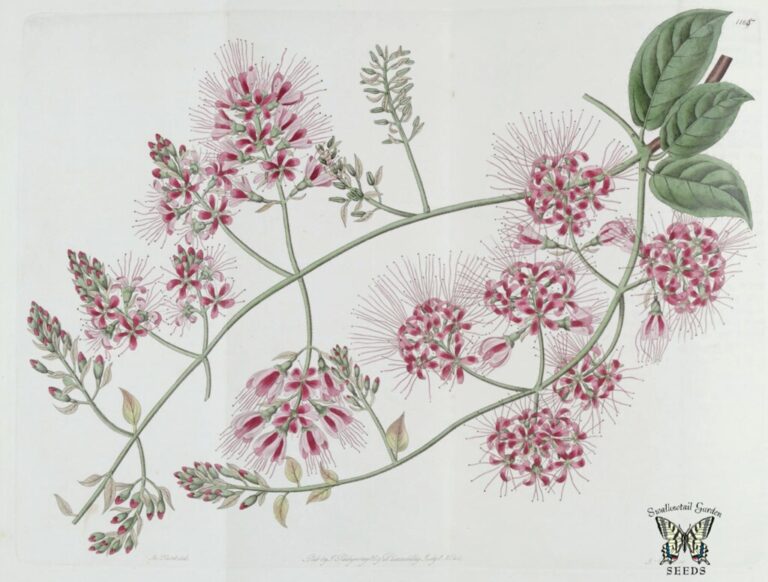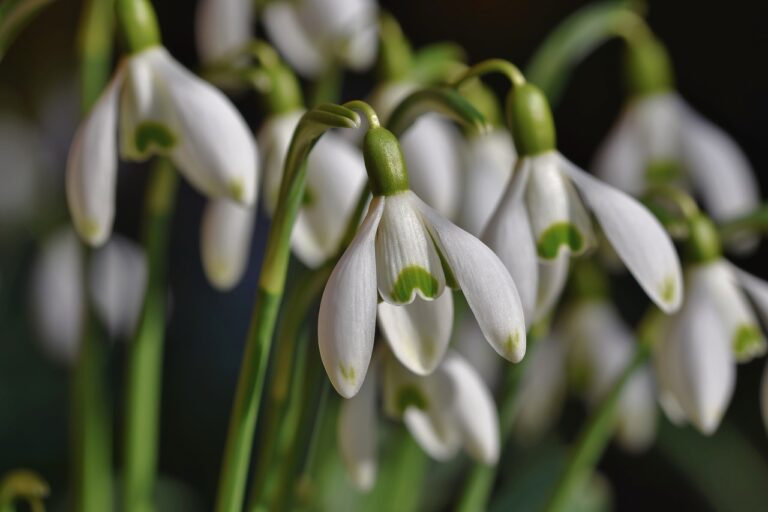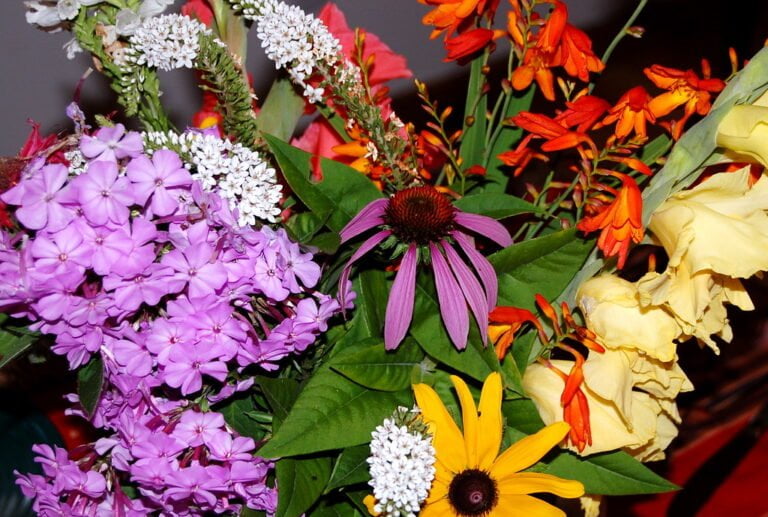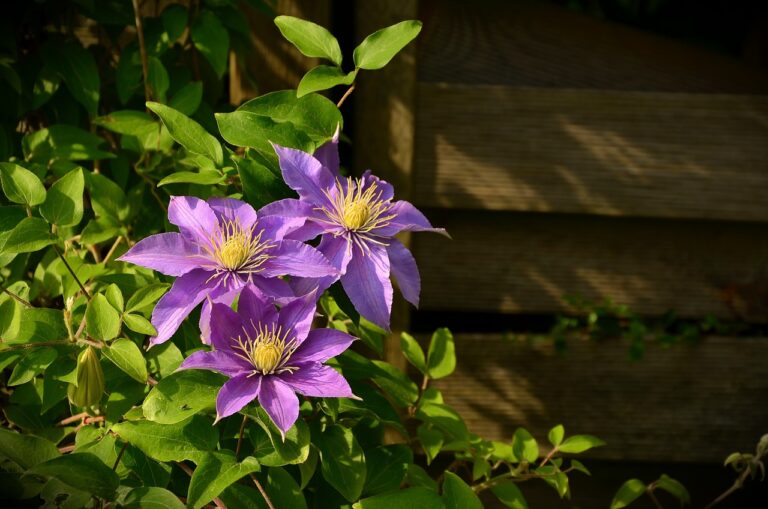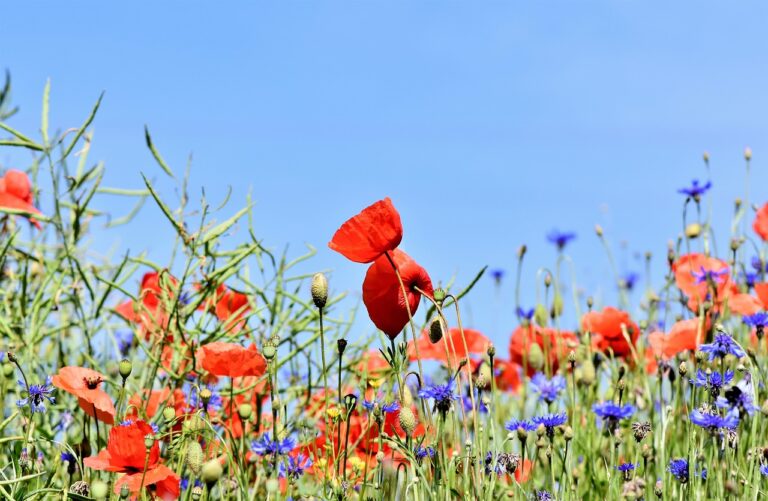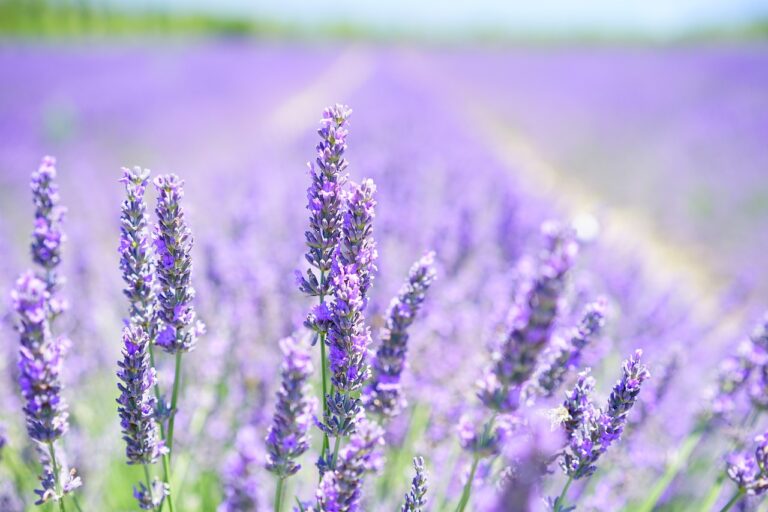Exploring Permaculture: A Guide to Sustainable Flower Gardening
Are you interested in creating a beautiful, sustainable flower garden? Look no further! In this guide, you'll discover the wonders of permaculture and how it can transform your gardening experience. Learn how to choose the perfect flowers, design a sustainable garden, implement companion planting, and create a healthy soil ecosystem. We'll also explore natural pest control methods, space-saving techniques, and tips for harvesting and preserving your flowers. Get ready to dive into the world of permaculture and cultivate a garden that serves both you and the environment.
Benefits of Permaculture in Flower Gardening
Permaculture offers numerous benefits for your flower gardening endeavors. One of the key advantages is its ability to promote biodiversity in your garden. By incorporating permaculture principles, you create a thriving ecosystem that supports a wide range of plant and animal life. This diversity not only adds beauty to your garden but also plays a crucial role in its overall health and resilience.
In a permaculture garden, you will find a variety of plants, each serving a specific purpose. Some flowers attract beneficial insects, such as bees and butterflies, which are essential for pollination. These insects help to fertilize your flowers, resulting in better blooms and increased seed production. Additionally, attracting beneficial insects can help control pests naturally, reducing the need for harmful pesticides.
Choosing the Right Flowers for Permaculture
To create a thriving permaculture garden, you need to carefully select the flowers that will contribute to the overall health and diversity of your ecosystem. When choosing flowers for your garden, it's important to consider whether they are perennial or annual. Perennial flowers, such as coneflowers and daylilies, come back year after year, providing long-term stability to your garden. On the other hand, annual flowers, like zinnias and marigolds, only last for one season but can provide bursts of color and attract beneficial insects. Additionally, incorporating native plants into your garden is crucial for supporting local biodiversity. Native plants are well-adapted to the local climate and soil conditions, making them more resilient and requiring less maintenance. By choosing the right flowers, you can create a permaculture garden that not only beautifies your space but also serves as a haven for pollinators and wildlife.
Designing a Sustainable Flower Garden
When designing a sustainable flower garden, you'll want to consider various factors to ensure its long-term health and ecological balance. Sustainable garden design involves creating a space that not only showcases the beauty of flowers but also supports the surrounding ecosystem. Start by choosing eco-friendly flower choices that are native to your region. Native flowers are adapted to the local climate and require less water, pesticides, and fertilizers. Incorporate plants that attract beneficial insects like bees and butterflies, which play a vital role in pollination. Additionally, consider using organic gardening practices, such as composting and mulching, to enrich the soil and reduce waste. By designing a sustainable flower garden, you not only create a stunning display but also contribute to the well-being of the environment.
Implementing Companion Planting in Your Garden
To implement companion planting in your garden, consider the benefits of pairing certain plants together to enhance growth and deter pests. Companion planting is a time-honored technique that promotes a harmonious relationship between plants, creating a healthy and thriving garden ecosystem. The benefits of companion planting are numerous. For instance, certain plants have the ability to repel pests, making them excellent companions for vulnerable plants. Others can attract beneficial insects that help control pests. Additionally, companion planting can enhance nutrient uptake, improve soil structure, and conserve water. There are various companion planting techniques you can use in your garden. You can pair plants that have complementary growth habits, such as tall plants providing shade for shorter ones. You can also interplant flowers and vegetables to create a diverse and visually appealing garden. By implementing companion planting, you can maximize the health and productivity of your garden while minimizing the need for harmful pesticides and fertilizers.
Creating a Healthy Soil Ecosystem for Flowers
To create a healthy soil ecosystem for your flowers, start by enriching the soil with organic matter. Healthy soil structure is essential for the growth and vitality of your plants. Organic matter, such as compost or well-rotted manure, adds essential nutrients and improves the soil's ability to retain moisture. It also encourages the growth of beneficial microorganisms that contribute to a thriving soil ecosystem. Incorporating organic fertilizers into your soil further enhances its fertility. These fertilizers, derived from natural sources like bone meal or fish emulsion, provide a slow release of nutrients, ensuring a steady supply for your flowers. They also promote the growth of beneficial bacteria and fungi, which help break down organic matter and make nutrients more accessible to the plants. By focusing on creating a healthy soil ecosystem, you are setting the foundation for vibrant and resilient flower gardens.
Water Conservation Techniques for Flower Gardens
To effectively conserve water in your flower garden, incorporate sustainable irrigation methods into your gardening practices. One effective technique is rainwater harvesting, which involves collecting and storing rainwater for later use in your garden. By installing rain barrels or cisterns, you can capture and store rainwater, reducing the need for tap water. Another technique is drip irrigation, which delivers water directly to the roots of your plants, minimizing evaporation and water waste. Drip irrigation systems use hoses or tubes with small holes or emitters that release water slowly and evenly. This method ensures that water is delivered precisely where it is needed, promoting healthier plants and reducing water usage. By implementing these water conservation techniques, you can not only save water but also create a more sustainable and environmentally friendly flower garden.
Natural Pest Control Methods for Flower Gardening
One effective way to continue promoting sustainability in your flower garden is by implementing natural pest control methods. Instead of relying on harmful chemicals, you can opt for organic pest control solutions that are safe for both your flowers and the environment. Homemade insect repellents can be a great alternative to store-bought pesticides. For instance, a mixture of garlic, onion, and cayenne pepper can be sprayed on your flowers to repel common pests like aphids and caterpillars. Another option is to attract beneficial insects, such as ladybugs and lacewings, which naturally prey on garden pests. You can do this by planting flowers like marigolds, daisies, and lavender, which serve as natural attractants for these helpful allies. By using these natural pest control methods, you can maintain a beautiful and sustainable flower garden while minimizing harm to the ecosystem.
Maximizing Space With Vertical Flower Gardening
If you want to make the most of your limited garden space, consider incorporating vertical flower gardening techniques. Vertical flower garden structures are a great way to maximize your space and create a stunning display of blooms. These structures can be as simple as a trellis or as elaborate as a living wall. Not only do they add visual interest to your garden, but they also provide a habitat for beneficial insects and birds. When it comes to vertical flower garden maintenance, it's important to choose plants that are suitable for vertical growing. Look for climbers, such as morning glories or clematis, that can easily scale the structure. Regular watering and pruning will help keep your vertical garden looking its best. So, if you're tight on space but still want to enjoy a beautiful flower garden, give vertical gardening a try.
Harvesting and Preserving Flowers in a Sustainable Way
When harvesting and preserving flowers in a sustainable way, use proper techniques to ensure the longevity and beauty of your blooms. To harvest your flowers, start by choosing the right time of day – early morning or late evening – when the flowers are at their freshest. Use clean, sharp shears to make a clean cut at a 45-degree angle, just above a leaf node. This encourages new growth and prevents disease. Next, choose the appropriate drying method based on the type of flower. Air drying works well for flowers with sturdy stems, like lavender or roses. Hang them upside down in a cool, dark place with good air circulation. For delicate flowers, such as pansies or violets, press them between heavy books or use a flower press. These steps will help you preserve the beauty of your flowers in a sustainable way.
Long-Term Maintenance Tips for Sustainable Flower Gardens
To maintain a sustainable flower garden in the long term, prioritize regular watering, proper fertilization, and timely pruning. These long-term maintenance techniques are essential for the health and vitality of your flower garden. Regular watering ensures that your plants receive the necessary moisture to thrive, especially during dry spells. It is important to water deeply, allowing the water to penetrate the soil and reach the roots. Proper fertilization is another key aspect of long-term maintenance. Instead of using synthetic fertilizers, opt for organic fertilizers that nourish the soil and promote the overall health of your flowers. Organic fertilizers provide essential nutrients while also improving soil structure and fertility. Lastly, timely pruning helps maintain the shape and size of your flowers while also promoting new growth. Regularly remove any dead or damaged branches to keep your garden looking its best. By following these long-term maintenance tips and using organic fertilizers, you can create a sustainable flower garden that will continue to flourish for years to come.
Frequently Asked Questions
What Are the Best Tools and Equipment Needed for Flower Gardening?
To have a successful flower garden, you'll need essential tools like a trowel, pruners, and a watering can. Don't forget organic gardening supplies like compost and mulch, which will help your garden thrive and stay sustainable.
How Can I Attract Beneficial Insects to My Flower Garden?
To attract beneficial insects to your flower garden, it's important to focus on attracting pollinators. Planting native plants is key as they provide the food and habitat these insects need.
Are There Any Specific Flowers That Can Help Deter Common Garden Pests?
To naturally control pests in your garden, consider companion planting. Some flowers, like marigolds and nasturtiums, can help deter common garden pests with their strong scents and natural pest-repellent properties.
What Are Some Alternative Methods to Control Weeds in a Sustainable Flower Garden?
Looking for alternative methods to control weeds in your sustainable flower garden? There are plenty of natural weed suppression techniques that can help, such as mulching, hand weeding, and using vinegar or boiling water.
Can You Provide Tips for Composting and Organic Fertilizers for Flower Gardening?
Here are some tips for composting and using organic fertilizers in your flower garden. Composting techniques help create nutrient-rich soil, while natural pest control methods protect your plants without harmful chemicals.
Conclusion
In conclusion, permaculture offers a sustainable and holistic approach to flower gardening. By choosing the right flowers, designing a sustainable garden layout, implementing companion planting, creating a healthy soil ecosystem, using natural pest control methods, maximizing space with vertical gardening, and practicing proper harvesting and preservation techniques, you can create a beautiful and environmentally-friendly flower garden. With long-term maintenance and care, your sustainable flower garden will continue to thrive, providing joy and beauty for years to come. Embrace permaculture and make a positive impact on both your garden and the planet.

